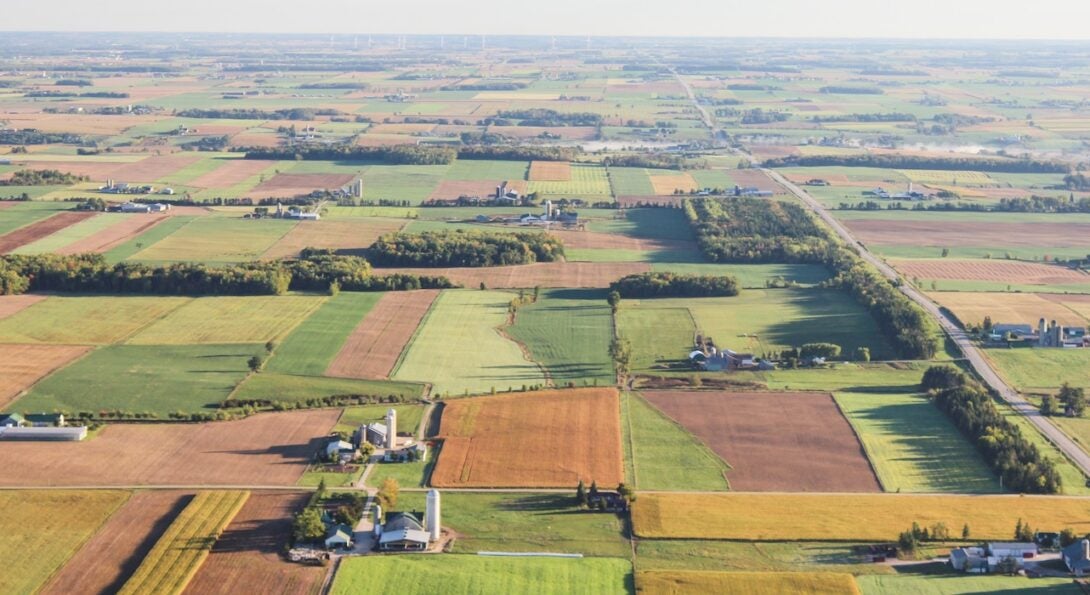A New Data System To Better Track Illinois Farm Safety

Integrated public data can help tailor strategies to prevent farmworker illness and injury.
We estimate that about 4,500 farm-related injuries happen each year in Illinois. That’s more than four times the Bureau of Labor Statistics estimate. Why is there such a big difference? In short, it comes down to differences in how the data systems are built.
To truly improve Illinois farm safety, we need to know where, how many, and which WRIIs are happening. That’s why our Center created the Agricultural Safety & Health Surveillance Program. This project will provide local data to help build safety solutions tailored to the needs of Illinois farms.
About health surveillance Heading link
What does ‘health surveillance’ actually mean?
For those who don’t work in the field of health surveillance, the use of this term might seem odd. It tends to evoke images of secret agents recording people to catch them misbehaving. But that’s not what health surveillance is about. In fact, it’s the opposite. The point is to be more transparent rather than more secretive. Our Center is working to improve the quality of public data about WRIIs among Illinois farmworkers. Using different data sources to show a more complete picture will help us take steps to prevent WRIIs from happening in the first place.
Improving farm safety Heading link
How will the data system improve Illinois farm safety?
The project can create multiple ways to turn data into action. Employers can get free reports of the main hazards that affect their employees. Then, Center staff can help them build tailored safety plans to prevent future incidents. Information about high-risk work sites and industries will also help worker protection agencies focus their resources where they are most needed. And policymakers can make better-informed decisions about new programs or rule changes. In short, the data system will help anyone responsible for Illinois farm safety do a better job.
Preventing WRIIs requires data to be available near real-time. That allows for quick action and the ability to flag new hazards as conditions change. The Center researchers leading the project have over a decade of experience building data systems that are both accurate and fast.
Data sources Heading link
Where will the data come from?
This effort will take input from many people and organizations. Healthcare providers are a key source of information. Records like hospital discharge, ambulance logs, and emergency room visits can show some of the most severe cases of WRIIs. But we will also need information about more minor and/or chronic cases. For example, this could include long-term kidney damage from heavy workloads in the heat. Cases like this might not lead to hospitalization or lost work, but they are still very important to know about. Plus, some data sources collect essential information that others leave out. For example, workers’ compensation data does not include ethnicity. So, we need to combine it with other sources to detect ethnic disparities in WRIIs.
That’s why the project will bring together a wide network of groups who can add information. This will include employers, local health clinics, and farmworker advocacy groups. . Two of our key partners in this work are Community Health Partnership of Illinois and Shawnee Health Services. They run community health centers that serve over 1,000 farmworkers through brick-and-mortar and mobile clinics and teams of community health workers. Overall, we will gather information from:
- Publicly available datasets related to agricultural work
- Workers’ compensation claims
- Hospital records
- Emergency medical services
- Clinic and doctor’s office records
- Poison centers
- Police crash reports involving farm machinery